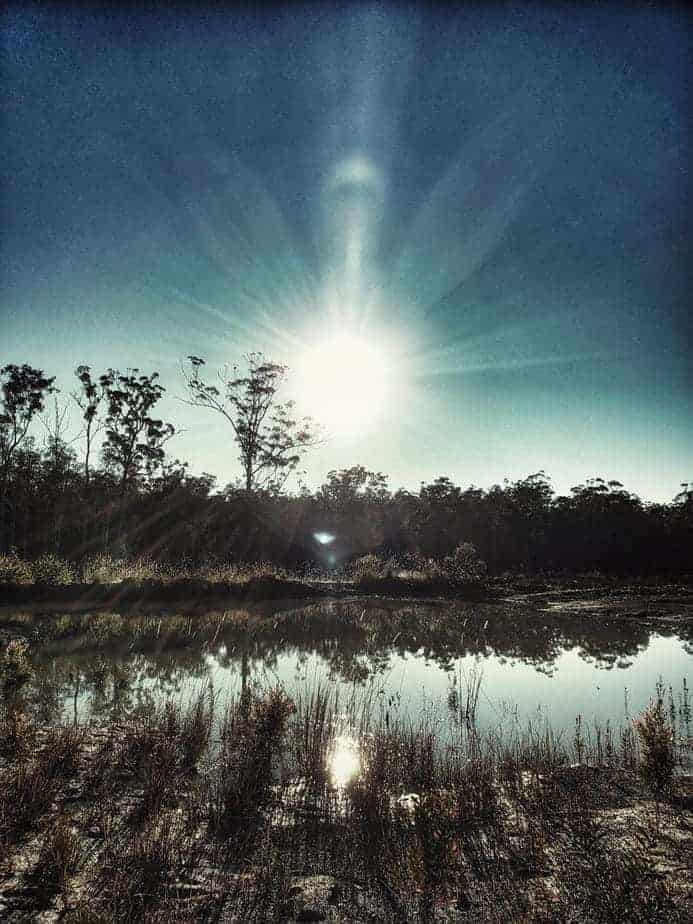Water is the most important thing for any farm, and a well-placed farm dam can keep your water safe for decades. I’ve been building and designing dams for more than 30 years, and I can tell you that choosing the right site is the most important thing you can do when building a new dam. If you pick the wrong site, it could cost you a lot of money, cause problems with upkeep, and even hurt the environment. On the other hand, a well-chosen site will give you reliable, high-quality water with little work on your part.
Tag Archives: farm dam maintenance
Calculating the right dam size and capacity for a farm dam requires balancing water demand, evaporation losses, catchment hydrology, and site-specific engineering factors. Here’s a systematic approach refined over decades of agricultural water management.
Australia’s rural landscape is dotted with farm dams—vital water reservoirs that underpin agricultural productivity and drought resilience.
But before you embark on the journey of building or upgrading a dam, a careful assessment is crucial.
This guide will walk you through the key considerations, calculations, and questions to determine whether a farm dam is the right investment for your property.
Evaporation loss from farm dams in Australia is a great challenge to water security, ranging from 9% to 36% loss of total volume of water in summer. Reliable quantification and prediction of losses are complicated by numerous factors that include meteorology, dam shape, and inaccuracies in measurement. This paper explores the complexities of evaporation estimation, the limitations of current practice, and the potential for improvement through advanced modeling and abatement technologies like floating covers and windbreaks. Understanding these dynamics is essential to effectively manage water in Australia’s agricultural regions.






